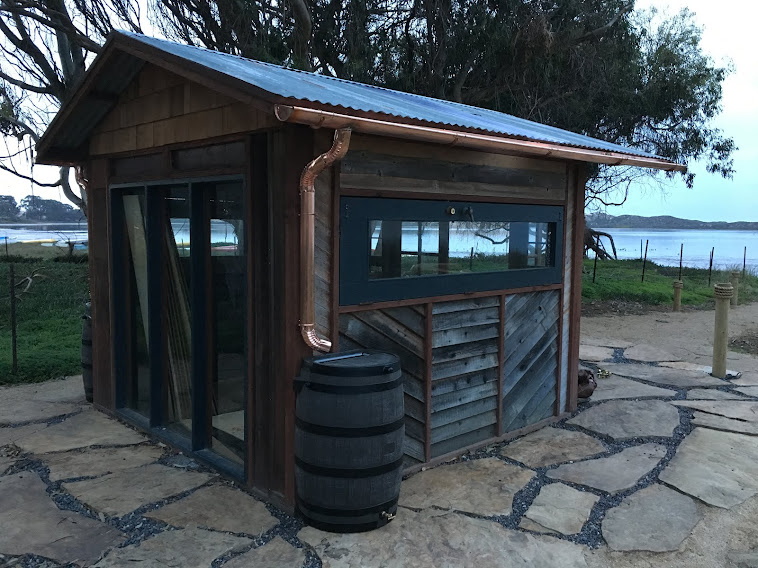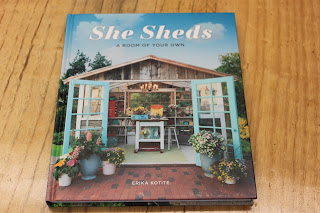As more and more women are recognize that they need that sacred,
quiet space to retreat to in order to shed the stresses of the day, the she
shed movement is growing ever more popular. Where men have their “man cave”
filled with televisions, stereos and video games, women are using their sheds
as places to create art, meditate or even to just unwind and take a nap. In
this ever increasing busy world we live in, it’s more important than ever to have
a place to retreat to handle life’s daily stress.
Author Erika Kotite recently published the book "She Sheds, A
Room of Your Own," talking about this growing movement. A Place to Grow
was lucky enough to be featured and Erika even put one of our She Sheds on the
cover. Creating lifestyle spaces that make a difference in people’s lives is
what we specialize in and we are so grateful for Erika’s work. She did a
beautiful job of showcasing several of our other sheds and we are honored to be
chosen for her book! Feel free to pick up a copy here She Sheds, A Room of Your Own
One of the cool features of the outdoor lifestyle structures we
produce is each of our sheds is unique to each customer because of the
materials used to build them. We are passionate about re purposing construction
waste and turning it into and functionally artistic lifestyle spaces. Finding
unique materials such as vintage windows and doors and bringing them together
with reclaimed wood and corrugated metal is truly a passion of ours. We even
have a huge inventory for our clients to choose from. It’s really fun to wander
through our showroom and pick and choose which windows and doors represent your
vision.
We truly enjoy co-creating these spaces with our clients, and are
grateful that through the process of developing something custom and intimate
just for them, they become our friends too.
Dana O'Brien
www.RecycledGreenhouses.com


